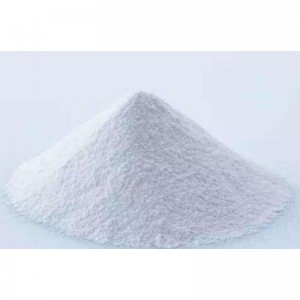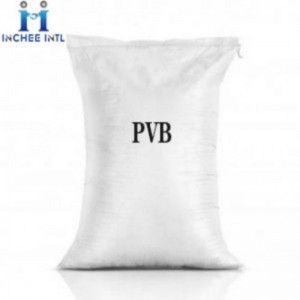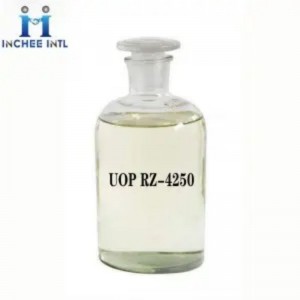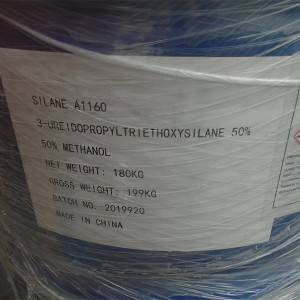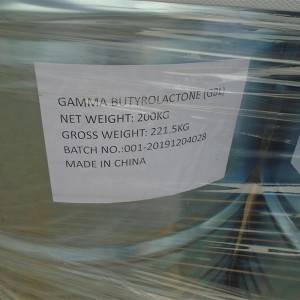
Products
Polyvinyl Butyral (PVB) Resin: The Versatile Material that Makes Safety Glass, Windshields and More
One of the key features of PVB is its transparency. PVB has excellent light resistance, water resistance, and heat resistance, making it ideal for use in a wide range of applications where clarity and visibility are essential. Additionally, PVB is highly soluble in a range of solvents, which makes it easy to use as an adhesive and coating, and it can be used to create colorless transparent films, fabric coatings, and protective paints.
When it comes to manufacturing safety glass, PVB plays a crucial role. By sandwiching a layer of PVB between two layers of tempered glass, manufacturers are able to create a product that is far more resistant to shattering and breaking than normal glass. This makes it exceptionally valuable in a variety of settings, from automobile windshields and home windows to high-rise buildings and other commercial applications.
PVB is also an ideal material for use in automobile and ship wind window glass. This is because it is highly resistant to impact and vibration, which is essential for ensuring the safety of passengers and crew members. Additionally, PVB offers excellent clarity and visibility, which is essential when driving a vehicle or navigating on board a ship.
In terms of using PVB as a coating or adhesive, there are many potential applications. For example, PVB can be used to create a protective coating that helps to prevent damage from exposure to the elements, or it can be used to create highly flexible and durable adhesives that can be used in a wide range of settings.
PVB( Polyvinyl Butyral Resin) 1A:
|
Compound |
Specification |
|
Appearance |
White powder |
|
Butyraldehyde group |
68-85 |
|
Volatiles % |
≤3% |
|
Free acid(HCl) |
≤0.05% |
|
hydroxyl |
19.8% |
|
Ester |
2.1% |
|
Viscose (Methanol 6% solution 20℃) |
4-6 |
|
Transparency |
430nm |
|
660nm |
PVB( Polyvinyl Butyral Resin) 3A:
|
Compound |
Specification |
|
Appearance |
White powder |
|
Butyraldehyde group |
68-85 |
|
Volatiles % |
≤3% |
|
Free acid(HCl) |
≤0.05% |
|
hydroxyl |
20.1% |
|
Ester |
2.0% |
|
Viscose (Methanol 6% solution 20℃) |
9-18 |
|
Transparency |
430nm |
|
660nm |
PVB( Polyvinyl Butyral Resin) 6A:
|
Compound |
Specification |
|
Appearance |
White powder |
|
Butyraldehyde group |
68-85 |
|
Volatiles % |
≤3% |
|
Free acid(HCl) |
≤0.05% |
|
hydroxyl |
20.2% |
|
Ester |
2.0% |
|
Viscose (Methanol 6% solution 20℃) |
60-110 |
|
Transparency |
430nm |
|
660nm |
Package:15kg/bag,1 ton/bale
Storage: Preserve in well-closed, light-resistant, and protect from moisture.
Overall, PVB is an exceptionally versatile material that offers a wide range of benefits and advantages. Whether you're manufacturing safety glass or creating a protective paint, PVB's exceptional strength, flexibility, and clarity make it an ideal choice for a wide range of applications. So if you're looking for a high-quality material that can help you create durable and resilient products, be sure to consider PVB.


